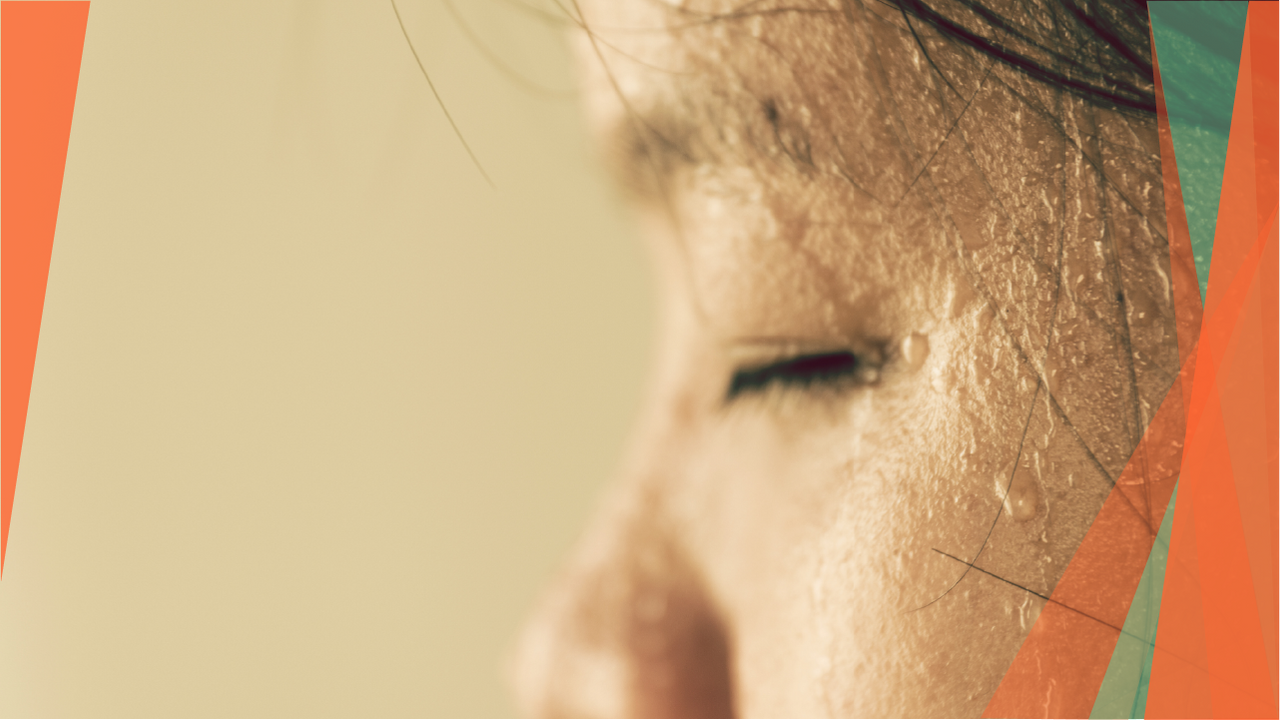Beat the Heat
Jul 22, 2021
Working with your physiology to keep your cool is more important than ever as temperatures reach new heights.
Though the temps are cool and cloudy here in the Southern Hemisphere where I live, active women working out in the Northern Hemisphere are facing scorching temps, with many places hitting triple digits (F). Those heading to the grand stage of world-wide competition right now have been preparing for months to perform their best in stifling heat and humidity that can be in the 90s F (30 to 35C) with 90 percent humidity.
It won’t surprise anyone reading this that women have different needs than men when it comes to training and competing in the heat. For one, research suggests that though both sexes see their core body temperature rise when they get dehydrated during exercise, women’s cores may get hotter at a lower level of dehydration because they start out with a lower volume of body water than men do.
Men also have higher overall sweating capacity, which appears to be an advantage in hot and dry conditions, where sweat evaporates and helps keep you cool quickly, but a disadvantage in hot and humid conditions, where they end up with what’s called “wasted sweating,” where you’re pouring sweat, but it’s not evaporating or cooling you. Women, who have and use more sweat glands, but generally sweat less and “waste” less sweat, are better equipped to tolerate hot and humid conditions.
And of course, sex hormones matter. In the luteal phase of your cycle, especially when hormones are highest in the week or so before your period, your core temp is slightly elevated; you start sweating later after starting exercise, and your blood plasma volume is reduced by up to 8 percent. That means your tolerance for heat is lower, so you really need to be on your game when it comes to staying hydrated and being sure you’re fully acclimated going in.
Acclimation is as it sounds--it’s training your body to perform its best in the heat. The goal is to expand plasma volume, increase sweating, and boost vasodilation at your skin, so your body can offload heat as effectively as possible.
Though women and men are equally responsive to heat acclimatization strategies, research shows that females need to do about twice as many heat adaptation sessions (10, as opposed to 5) to get the same magnitude of adaptations as their male peers.
In fact, a recent study published in Frontiers of Physiology found that women who followed a 4-day heat training protocol did not show improvements in performance during a 15-minute cycling time trial in a 95 F (35C) environment. However, women who followed a 9-day heat training protocol improved their mean power output by 8 percent, their speed by 3 percent, and went 3 percent farther during the same time trial.
If you’re prepping for a hot event in a cool environment, these steps can help:
- Wear more layers. You can stress your body’s thermoregulation system to kick-start the heat dissipation responses by simply wearing more layers while training. Start by doing a few easy workouts in long sleeves and then work up to adding a cap. Make sure everything is breathable, and don’t overdo it. The goal is simulating a hot environment, not giving yourself a heat illness.
- Apply the sauna protocol. Head into a hot place like a sauna for 25 to 30 minutes after a workout or at the end of the day when you’re already a little dehydrated. The combination of low blood volume and thermal stress triggers a cascade of physiological reactions that help your body cope with heat stress. Again, it takes 9 sessions, so plan accordingly. You’ll want to allow yourself 5 to 6 days for your body to rebound back to full blood volume before your race.
The optimal heat training plan for women is also affected by which hormone phase we're in. In the low hormone phase, which is right before, during, and right after your period, your body needs a 5 to 10-minute “primer” of heat exposure before the full session. So go into the sauna and heat up. Then get out for 5 to 10 minutes before starting your actual session. If you're in the high hormone phase, your body has already shifted to a higher thermoregulatory threshold, and no primer is needed.
Once (or if) you’re already in the heat, these steps can help you perform your best:
- Keep your cool. Your goal is to start your event with a nice, cool core. Don’t exercise hard, get into a sauna, hang around in the heat, or do anything to drive your core temperature up in the 24 hours before your event.
- Take a dip. Precool your body if possible by immersing yourself in cold water for 10 to 15 minutes. Take a dip in a body of water. Or take a cold shower. It’ll drop your skin and core temperature, so you’re nice and cool for the start.
- Drink a slushy. Drink an icy beverage to lower your core temperature and create a heat sink, so you store less heat and store it more slowly. This will help you tolerate a higher core temperature during exertion and push back the onset of heat-induced fatigue.
- Drape a cool towel over your back. Cool your skin with moist towels. Just don’t go too far and try packing yourself in ice. Ice on the skin is too cold and actually constricts your blood vessels, forcing hot blood from the skin to your core, having the opposite effect of what you want!
Stay Connected!
Subscribe to get email notifications which include the 'Extra Bit'. In this segment, I relax (a bit) and talk about my less formal life.
We hate SPAM. We will never sell your information, for any reason.


